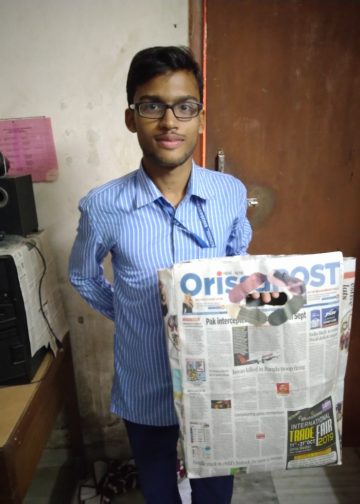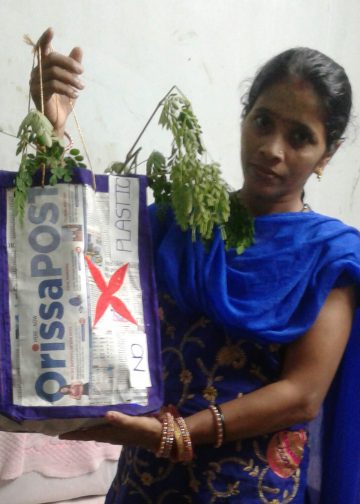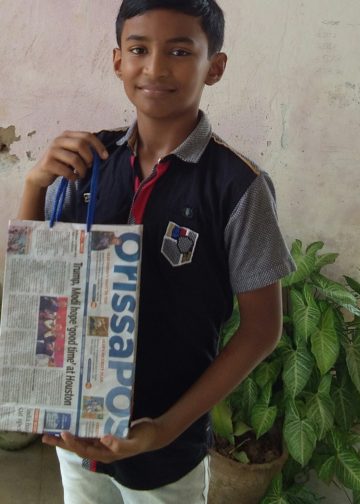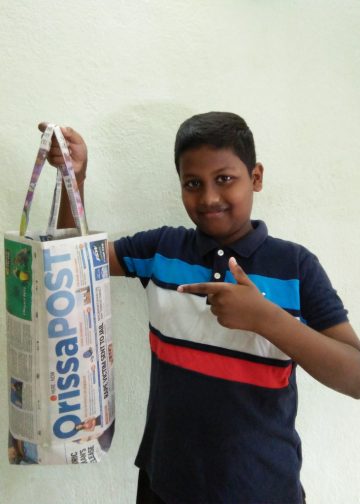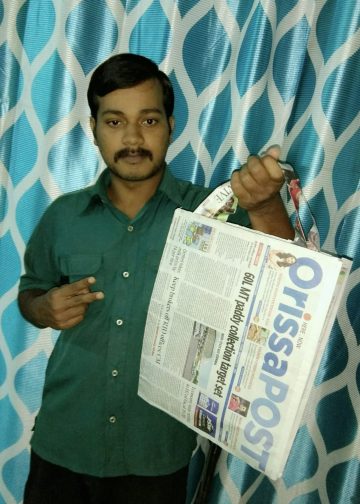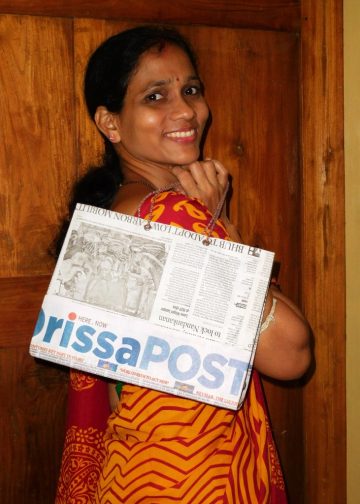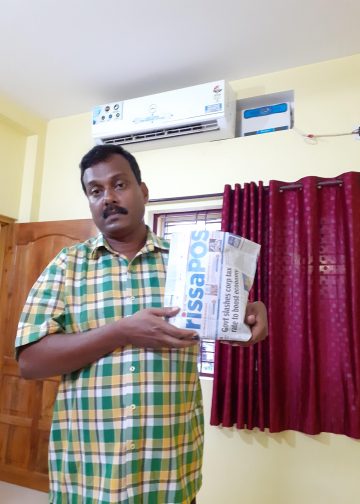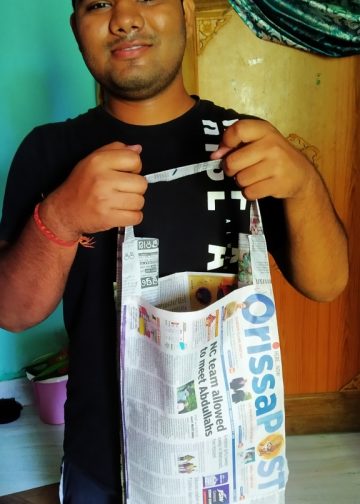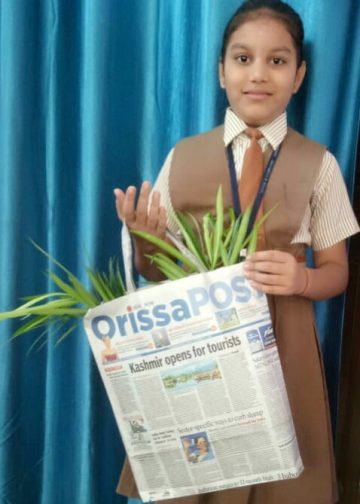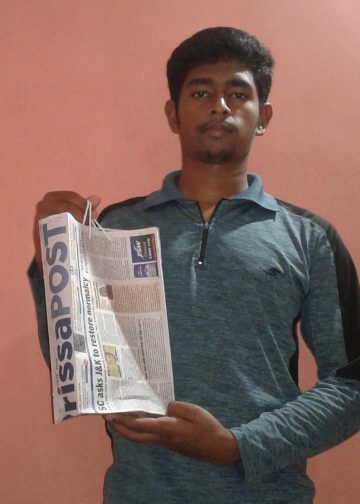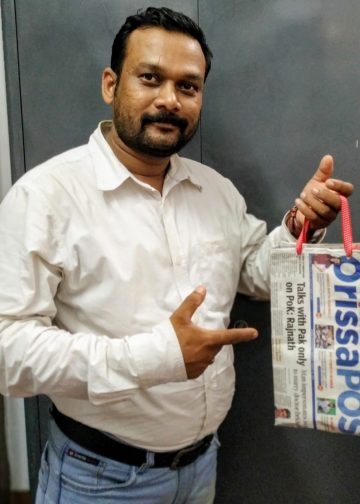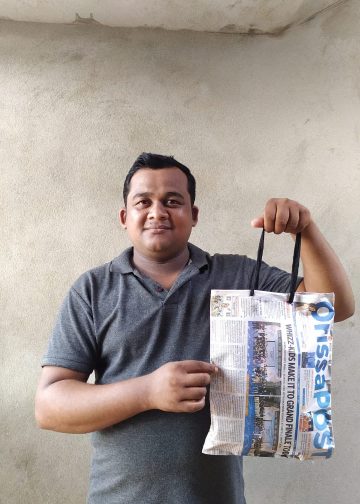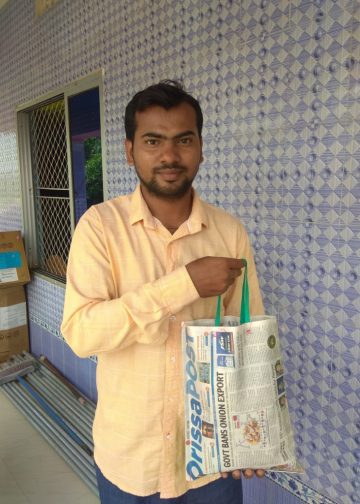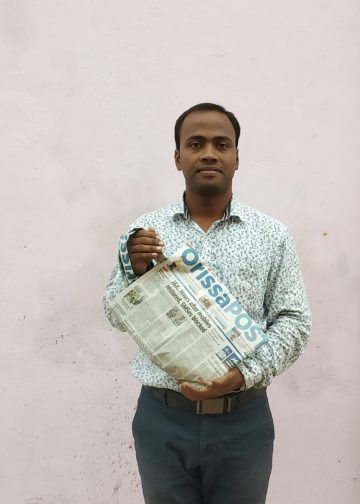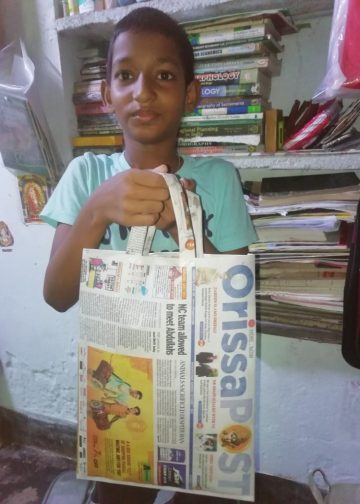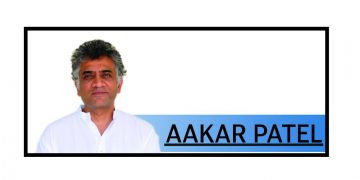New Delhi: India still looks ‘saare jahan se accha’ from space, astronaut Shubhanshu Shukla said Sunday, wrapping up his 18-day stay at the International Space Station (ISS), reprising the words used by his icon Rakesh Sharma in 1984.
Shukla, who is set to begin his journey back to earth Monday evening India time, also said that today’s India looks full of ambition, fearless and confident from space, adding his own touch to describe the views of the country from the orbital lab.
“Jaldi hi dharti pe mulaqat karte hai (we will meet on earth soon),” Shukla said at a formal farewell ceremony onboard the ISS Sunday.
Shukla recalled the time when his icon Rakesh Sharma had travelled to space 41 years ago and described how India looked from there.
“We all are still curious to know how India looks today from above. Aaj ka Bharat mahatvakanshi dikhta hai. Aaj ka Bharat nidar dikhta hai, Aaj ka Bharat confident dikhta hai. Aaj ka Bharat garv se purn dikhta hai. (Today’s India looks full of ambition, fearless, confident and full of pride),” Shukla said.
“It is because of all these reasons, I can say it once again that today’s India still looks ‘saare jahan se accha’,” he said.
The Axiom 4 (Ax-4) crew Commander Peggy Whitson, Pilot Shubhanshu “Shux” Shukla, and Mission Specialists Slawosz “Suave” Uznanski-Wisniewski and Tibor Kapu embarked on the space odyssey June 25 from Florida and docked at the ISS June 26.
The final days of the 18-day stay of the Ax-4 crew at the ISS were marked by feasts and farewells with seven other residents of the orbital laboratory.
A formal farewell ceremony on the ISS Sunday was marked by brief remarks by the Ax-4 crew, some of whom appeared to have got emotional as they hugged the members of the Expedition 73 with whom new friendships were forged during the stay.
“I didn’t imagine all of this when I started on the Falcon-9 on June 25. I think it has been incredible because of the people involved. People standing behind me (the Expedition 73 crew), have made it really special for us. It was an incredible joy to be here and work alongside professionals like you,” said Shukla.
Union Science and Technology Minister Jitendra Singh said the Axiom-4 mission is scheduled to undock from the ISS at 4:35 pm IST Monday and reach back on earth Tuesday off the California coast at 3 pm.
The four astronauts are expected to spend seven days in rehabilitation as they adjust back to life on earth under the influence of gravity, unlike the weightlessness experienced in orbit.
It has been a historic trip for Shukla, who became the first Indian to travel to the ISS and only the second to travel to space after Rakesh Sharma’s pathbreaking spaceflight as part of the then Soviet Union’s mission to Salyut-7 space station in 1984.
So far, Shukla has spent 18 days in space, witnessing 16 sunrises and sunsets every day as the ISS travels at a speed of 28,000 km per hour in an orbit about 400 km above the Earth.
ISRO paid approximately Rs 550 crore for Shukla’s travel to the ISS, an experience that will help the space agency in the planning and execution of its human spaceflight programme, Gaganyaan, set to take to orbit in 2027.
Shukla and the three other astronauts are expected to board the spacecraft at 2.25 pm IST, wear their space suits and carry out the necessary tests before they begin their journey to Earth.
The ISS is orbiting the Earth at a speed of 28,000 km per hour, and the Dragon spacecraft will initiate the autonomous undocking process to gradually slow down and re-enter the planet’s atmosphere for a splashdown off the coast of California.
“The Dragon spacecraft will return with more than 580 pounds of cargo, including NASA hardware and data from over 60 experiments conducted throughout the mission,” NASA said.
During his stay at the ISS, Shukla worked on the microalgae experiment, deploying and stowing samples that could one day provide food, oxygen and biofuels for deep-space missions, Axiom Space said in a statement.
The resilience of the microalgae makes them a promising asset to sustain life beyond Earth, it added.
“Exercise research and spacesuit maintenance topped the schedule for the Expedition 73 and Axiom Mission 4 crews on Thursday,” the NASA statement said.
The crew also continued the Voyager Displays study, which examines how spaceflight affects eye movement and coordination.
The crew collected data for a study to explore how astronauts perceive and interact with their environment in orbit, which is critical for designing mentally supportive habitats for long-duration missions.
Another study focused on cerebral blood flow, investigating how microgravity and elevated carbon dioxide levels affect cardiovascular function, which could later benefit both astronauts and patients on the Earth.
Radiation exposure was monitored using the compact Rad Nano Dosimeter, a tool to assess astronaut safety.
PTI







